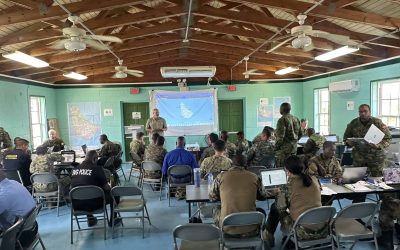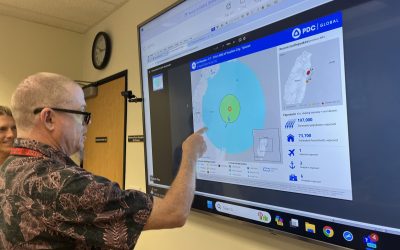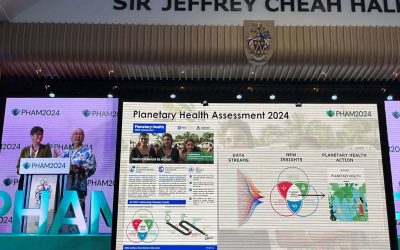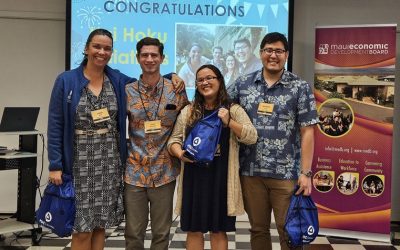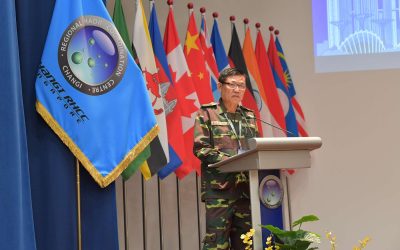A new program to enhance regional disaster resilience among the member countries of the Association of Southeast Asian Nations (ASEAN) was officially endorsed on January 17, 2020 by the ASEAN Sectoral body in charge of disaster management known as the ASEAN Committee on Disaster Management (ACDM). The ACDM agreed to support the Regional and National Capacity Development Program, as well as recognized the program as an official cooperative partnership between ASEAN and the Pacific Disaster Center (PDC)—a University of Hawaiʻi applied science, research, and technology center.
The program will help advance the goals outlined in the ASEAN Agreement on Disaster Management and Emergency Response (AADMER) Work Programme (2016-2020)—specifically the section that deals with improving the availability of data and information on regional risk and vulnerability. AADMER provides the cooperation and legally-binding framework for coordination between ASEAN countries to reduce disaster risk and improve adaptation to the continually changing global hazard landscape.
The new program benefits all ASEAN Member States through collaboration with their respective National Disaster Management Offices (NDMOs), as well as the ASEAN Coordinating Centre for Humanitarian Assistance on disaster management (AHA Centre). The AHA Centre facilitates cooperation and coordination among ASEAN Member States for disaster management and emergency response in the ASEAN region. All program participants aim to strengthen their early warning systems in order to reduce risk and vulnerability in the region.
“From its inception, we’ve worked together with the AHA Centre to support its life-saving mission to be the regional leader for disaster risk reduction in service to all ASEAN Member States,” said PDC’s Deputy Executive Director Chris Chiesa. He said the program is an extension of the successes of PDC’s long-held partnership with the AHA Centre, and more broadly with the ACDM, as well as the Center’s direct partnerships with many ASEAN Member States over the last decade. “We are excited to be able to offer, by request of ASEAN Member States and the AHA Centre, the same leading-edge DisasterAWARE technologies, tools, and critical insights to assist Member States directly—a number of whom already use our technology,” said Chiesa.
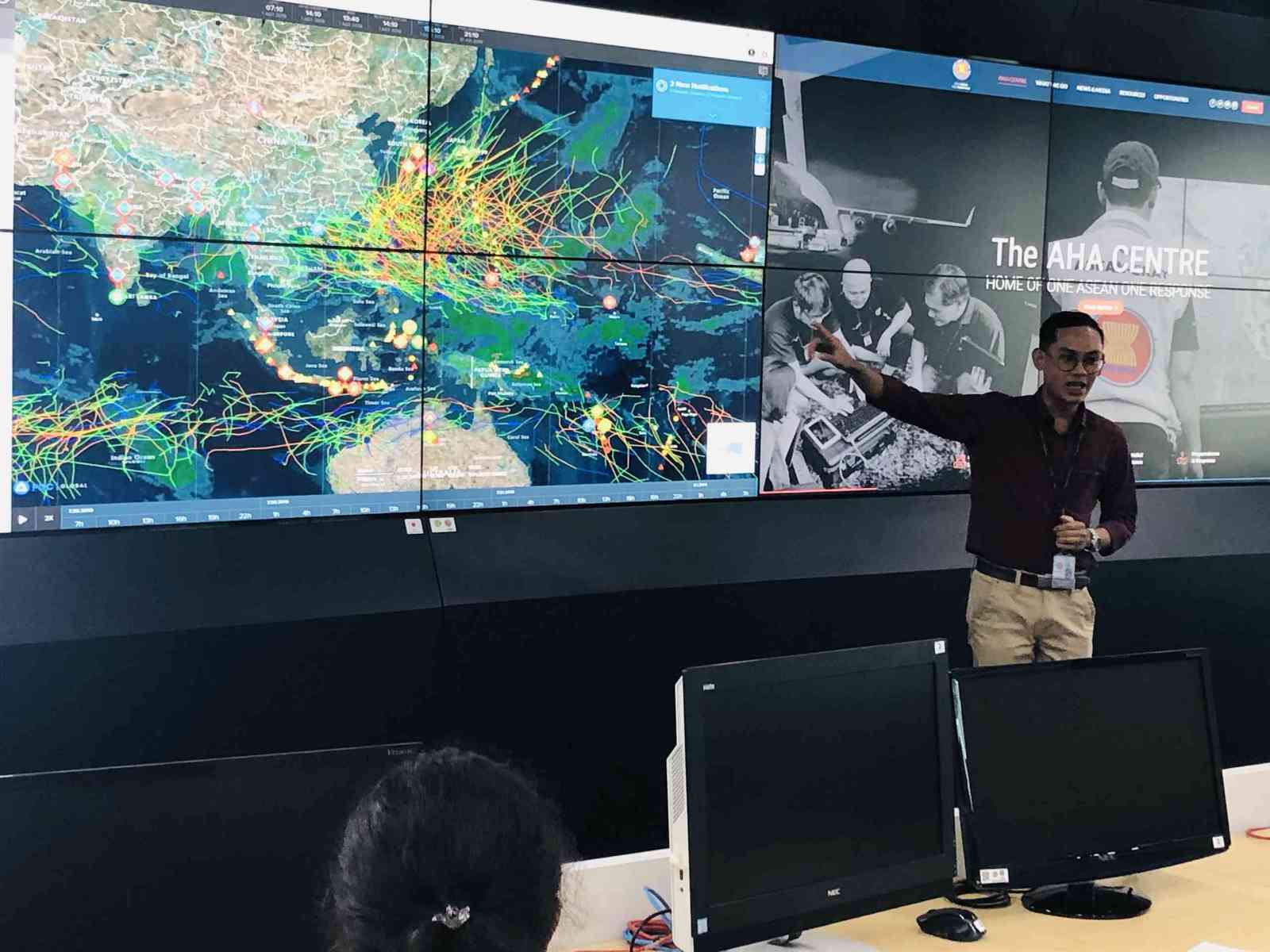
(Pictured: AHA Centre uses its Disaster Monitoring and Response System, a custom version of PDC’s DisasterAWARE platform, for disaster response, planning, and exercises.)
Chiesa explained how, under the new program funded by the USAID Office of U.S. Foreign Disaster Assistance (USAID/OFDA), Member States will receive upgrades or enhancements to existing systems powered by PDC’s DisasterAWARE platform. Others, he said, will work with PDC to field new systems tailored to the needs of the nation or to leverage the AHA Centre’s Disaster Monitoring and Response System or DMRS—also powered by DisasterAWARE— that has been equipping the AHA Centre’s monitoring and analysis since its inception in November 2011. The objectives of the program, according to Chiesa, are to build national resilience, promote information-sharing between Member States and ASEAN, and to support regional collaboration on the rising human and economic costs of natural disasters felt around the world.
PDC will work with Member States to field new systems tailored to the needs of the nation or to leverage the AHA Centre’s DMRS system—also powered by DisasterAWARE. The objectives of the program, according to Chiesa, are to build national resilience, promote information-sharing between Member States and ASEAN, and to support regional collaboration on the rising human and economic costs of natural disasters felt around the world.
“This program helps ensure that all ASEAN Member States have access to common data, reliable information, and technology upon which our emergency response coordination, collaboration, and prevention efforts so greatly depend,” said AHA Centre’s Executive Director Adelina Kamal about the new regional program. “An added benefit of using a common platform is the capacity to more easily share information between Member States and ASEAN for humanitarian assistance operations. It will greatly enhance our collective efforts under One ASEAN One Response,” said Kamal.
The regional program will continue throughout 2020, with funding support from USAID/OFDA to strengthen multilateral and cross-sectoral collaboration and national capabilities. According to University of Hawaii President Dr. David Lassner, “This program demonstrates how collaboration across national borders and sharing of resources is helping to achieve common sustainability and disaster risk reduction goals and save more lives.” PDC is a global applied science and technology center managed by the University of Hawaiʻi that has successfully partnered with countries around the world at the national, subnational, and local level to institute the latest developments in disaster management technology, science, and research.

